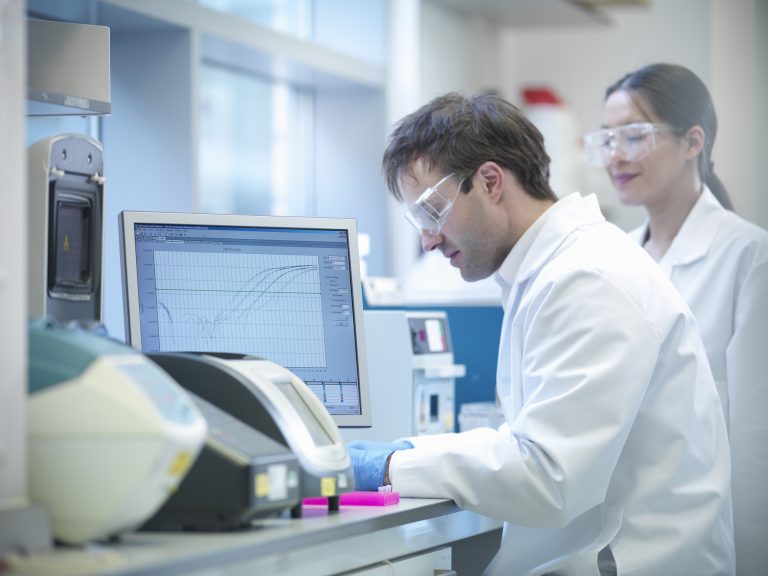
A new CRISPR-based technique developed in Singapore combines the accuracy of PCR with the speed of loop-mediated isothermal amplification (LAMP) to accurately quantify viral RNA in a sample in 40-60 minutes.
Researchers from Critical Analytics for Manufacturing Personalized-Medicine (CAMP), an interdisciplinary research group based at the Singapore-MIT Alliance for Research and Technology, developed the RApid DIgital Crispr Approach (RADICA) on SARS-CoV-2 samples, but say it has broad potential for detecting other viruses or DNA targets.
The gold standard technique for detecting SARS-CoV-2 infection since the pandemic began has been RT-PCR, which is very accurate. However, it is also time consuming, compared to other methods, and requires specialist equipment and knowledge to carry out.
There is an even more accurate type of PCR available, known as digital PCR, that splits a sample into many partitions and carries out PCR in each section. This is a more accurate way of quantifying amounts of RNA or DNA in a sample, but is also time consuming with a reaction time of around 4 hours.
The CAMP research team created RADICA to try and combine the accuracy of digital PCR with the speed of less accurate amplification techniques such as RT-LAMP. RT-LAMP, allows fast detection of viral RNA as it doesn’t require a PCR machine and multiple thermal cycles, but is generally a bit less accurate than RT-PCR or digital PCR.
By adding the capability of the precise gene editing tool CRISPR to the mix, the researchers were able to detect viral RNA quickly using a fast amplification step, but also accurately using the partition technique seen in more traditional digital PCR.
The partition takes place on a high-density chip and the reaction is split into 10,000 sections. The CRISPR-Cas12a protein is used to identify and bind to the target DNA or RNA and fluoresce once bound. The number of fluorescent partitions on the chip then corresponds to the amount of RNA/DNA in the sample.
RADICA is also a ‘one-pot’ reaction meaning it’s faster and easier to reproduce than other techniques. It also uses commercially available chips making it easier to set up.
“This is the first reported method of detecting nucleic acids to utilize the sensitivity of isothermal amplification and specificity of CRISPR based detection in a digital format – allowing rapid and specific amplification of DNA without the time consuming and costly need for thermal cycling,” says Xiaolin Wu, Ph.D., a postdoctoral associate based in the CAMP group at the Singapore-MIT Alliance for Research and Technology, who was also first author on a paper in Biomaterials describing the work. “RADICA offers four times faster absolute quantification compared to conventional digital PCR methods.”
The researchers first tested their technique on samples containing SARS-CoV-2 RNA and Epstein-Barr virus DNA and found it was able to detect both to a level of accuracy similar to RT-PCR and also CRISPR-based techniques such as those developed by Sherlock Biosciences.
“The last year has shown us the importance of detecting viruses quickly and accurately, and RADICA can help fill existing gaps in this area,” says National University of Singapore professor Hanry Yu, Ph.D., co-corresponding author and co-lead principal investigator in the CAMP team.
“Absolute quantification of viral nucleic acids could impact widely. Viral load closely parallels transmission risk and disease severity: high SARS-CoV-2 viral loads correlate with the course of infection and mortality.”













